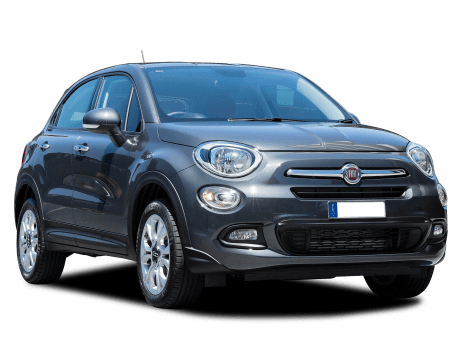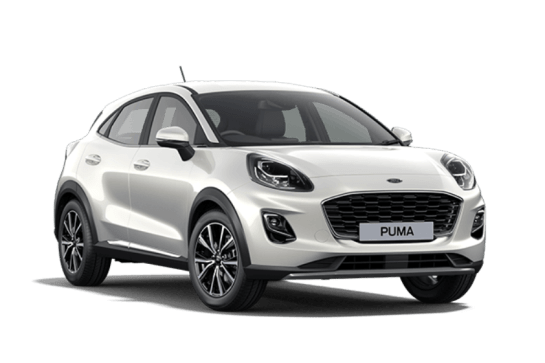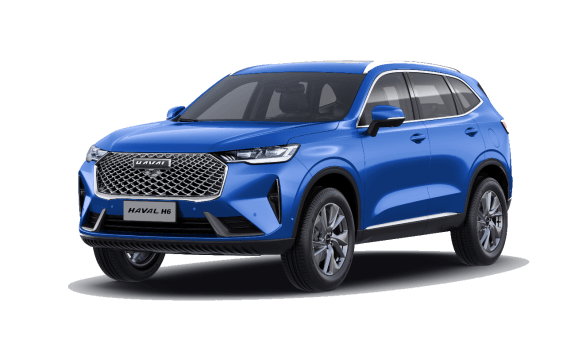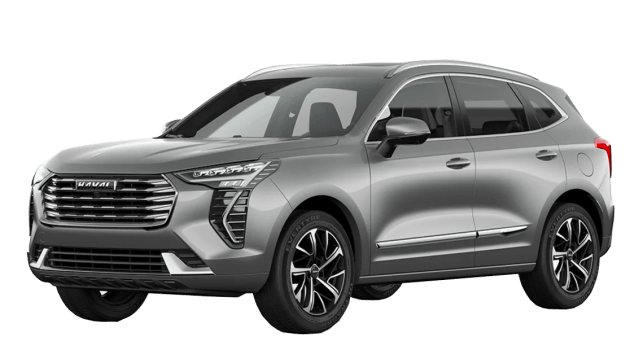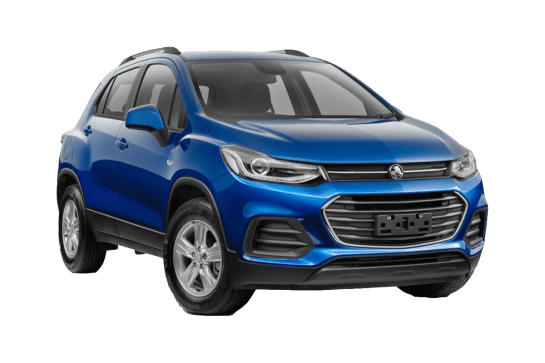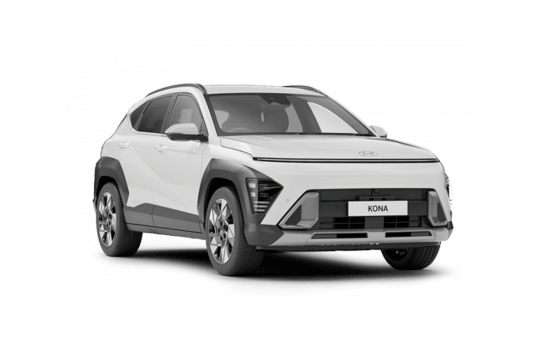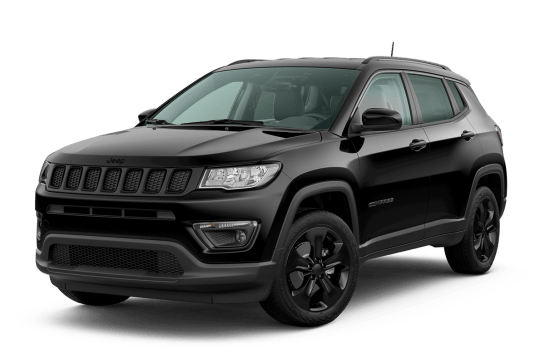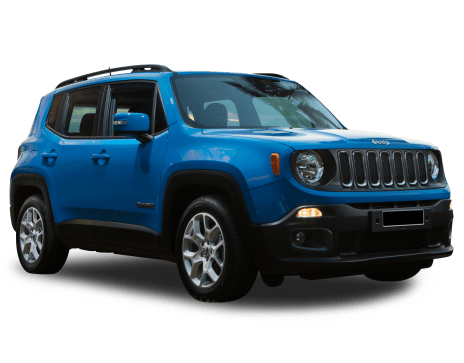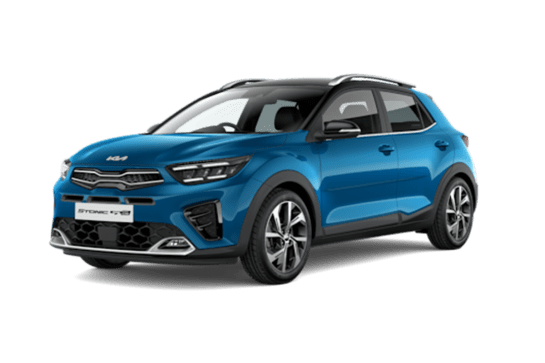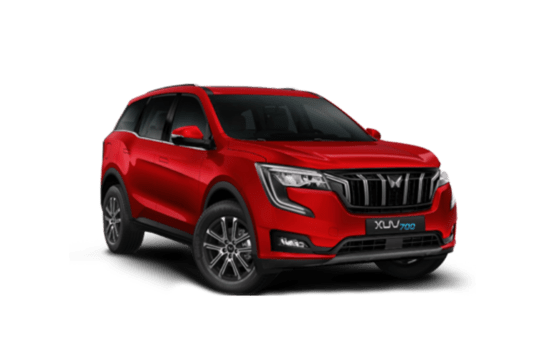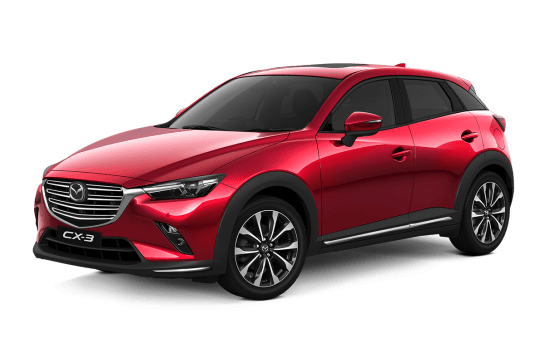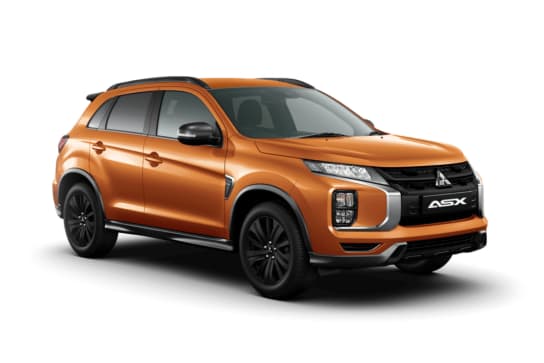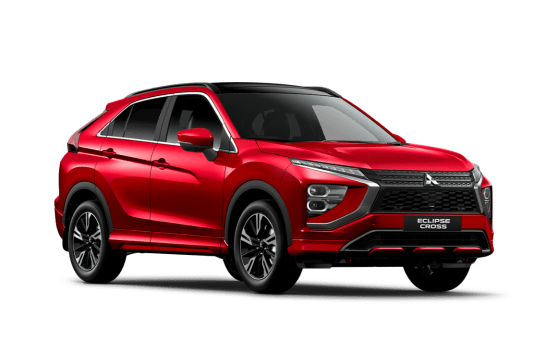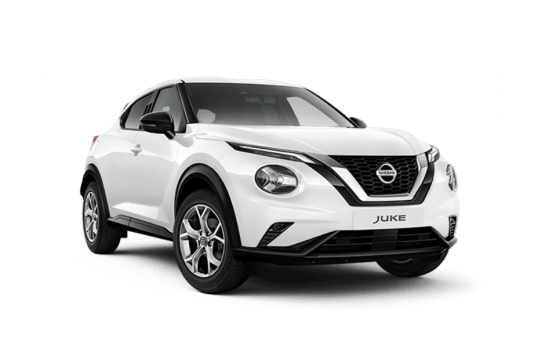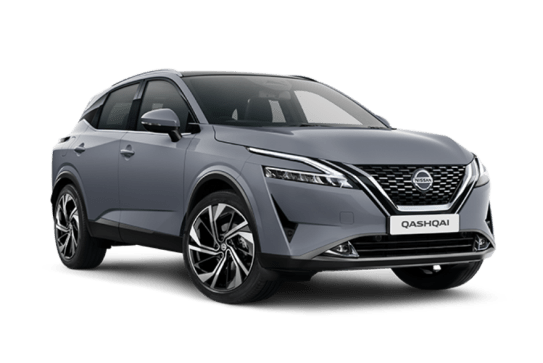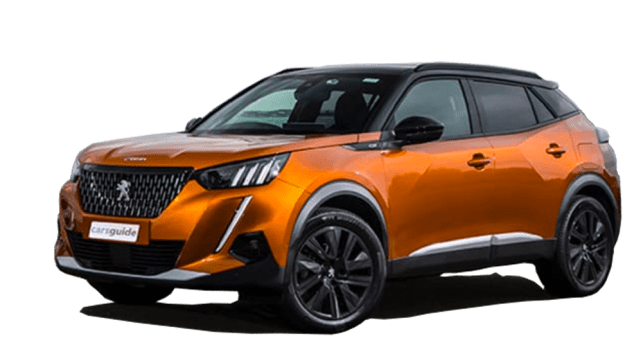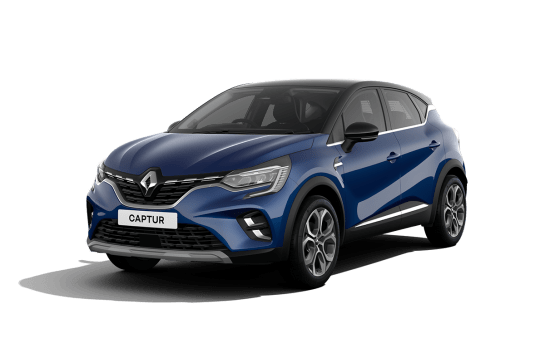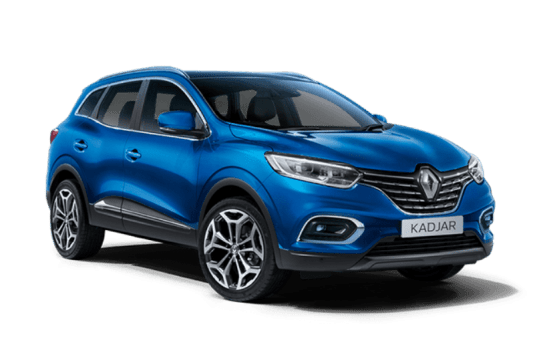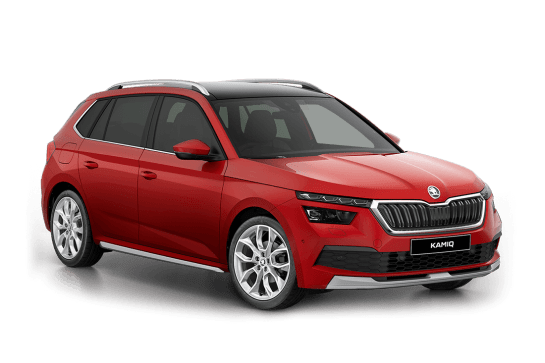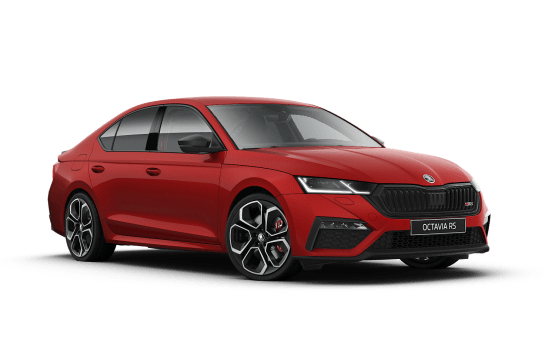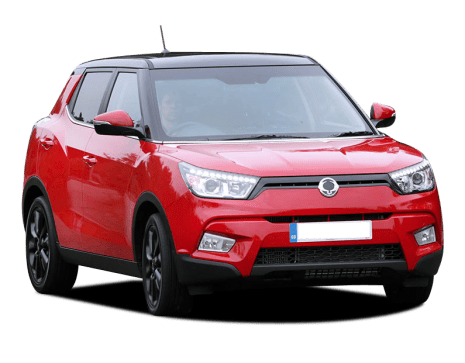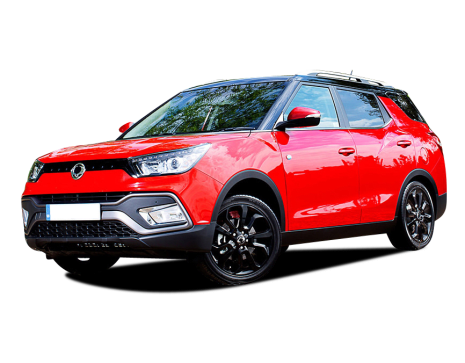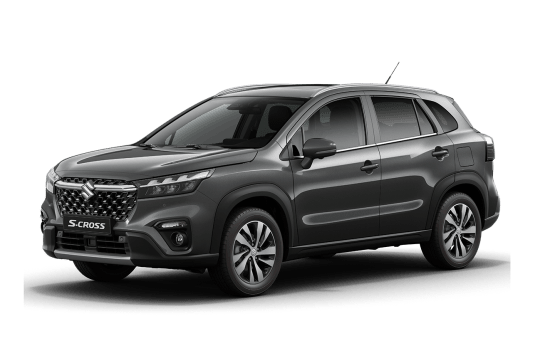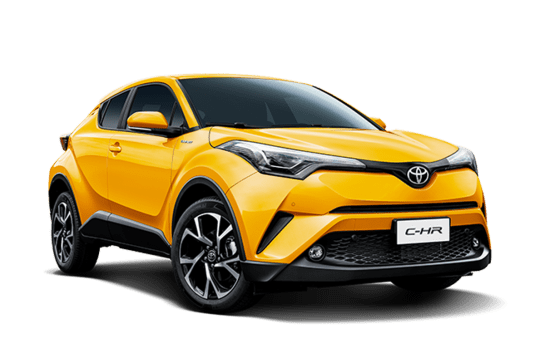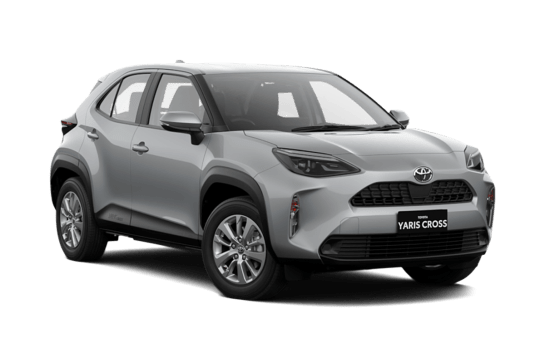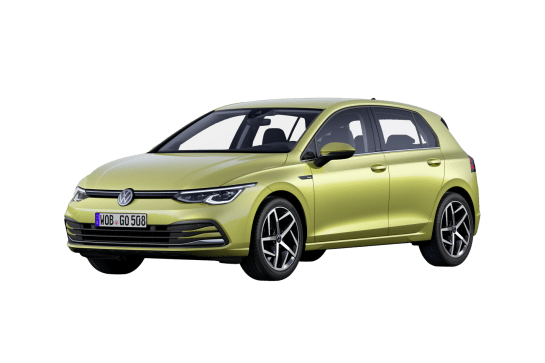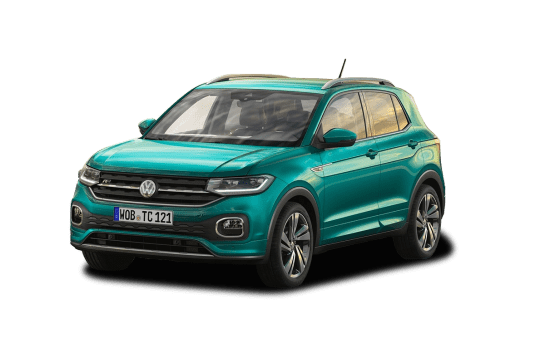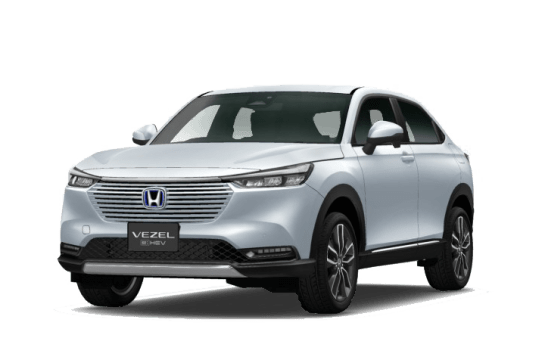
Honda HR-V VS Skoda Octavia
Honda HR-V
Likes
- Seriously good-looking inside and out
- Affordable price tag for grade level
- Easy to drive in the city
Dislikes
- Missing features you'd expect for top model
- Safety could and should be better
- Engine gets whiny on open roads
Skoda Octavia
Likes
- Value (including ownership)
- Safety
- Dynamics
Dislikes
- No rear seat power options
- Non-linear power delivery
- Requires premium unleaded
Summary
Honda HR-V
Like many car brands, Honda is storming the hybrid field. The new HR-V brings with it a hybrid powertrain and external facelift but is it enough to keep it competitive in the small SUV segment?
As with any cosmetic surgery you may wonder whether the facelift has been successful.
No tricks – I’ll tell you straight up the new external design might be what you’re looking for if you’re on the hunt for a small SUV that doesn’t look like it moonlights as an Uber for Mr Big Ears (a Noddy reference for any youngsters out there).
Read more about
- Eye-popping new Japanese sports car spotted: Upcoming Honda Prelude sports car will look like its sleek concept as hybrid Hyundai i30 sedan N rival spotted testing in Germany: Report
- Honda CR-V 2025 review: e:HEV RS long-term | Part 1
- Popular family cars hit with four star safety rating: 2025 Honda CR-V and Honda ZR-V called out by ANCAP in a blow for the Toyota RAV4 Hybrid and Corolla Cross Hybrid rivals
We're testing out the top hybrid model, the L, to see what else this urban dweller gets right and what it sometimes gets wrong.
| Safety rating | |
|---|---|
| Engine Type | 1.5L |
| Fuel Type | — |
| Fuel Efficiency | 4.3L/100km |
| Seating | 4 seats |
Skoda Octavia
Skoda’s a bit like that brooding, low-key actor you know but sometimes struggle to recall. Like Jacqueline McKenzie or Ben Mendelsohn. Considered and respected but far from a preening red carpet showboat.
And the mid-size Octavia is the quintessential Skoda… for people seeking quality engineering and tech without feeling the need to make a boastful badge statement.
The fourth-gen Octavia has been in market here for three years and on the back of a recent safety upgrade this new SportLine model, offered in five-door Liftback and traditional Wagon form, adds extra design and specification spice for the same money as the existing entry-level Style.
Read more about
It lines up against traditional sedans and wagons like Toyota’s all-conquering Camry, established players like the Mazda6 and in-demand newcomers like the BYD Seal EV, not to mention the usual medium SUV suspects.
Stay with us on this first drive to see if this SportLine has what it takes to steer you towards the Skoda Octavia.
| Safety rating | |
|---|---|
| Engine Type | 1.4L turbo |
| Fuel Type | — |
| Fuel Efficiency | 5.8L/100km |
| Seating | 5 seats |
Verdict
Honda HR-V7.8/10
The Honda HR-V e:HEV L offers a respectable driving experience in the city but compared to its rivals, it’s features list and safety don’t always stack up. It sort of straddles the fence between basic and lux at times, which is an odd place for a top-model to be but its sharper styling will win hearts and the cabin is still practical.
Skoda Octavia8.1/10
Is the Octavia SportLine your kind of automotive quiet achiever? It’s well-equipped and keenly priced with sleek yet understated looks, top-notch safety and a compelling ownership package.
It’s also fuel-efficient for its size and a refined, enjoyable drive. Before you go down that well-trodden mid-size SUV path I’d suggest adding this Skoda - Liftback or Wagon - to your new car short-list.
Note: CarsGuide attended this event as a guest of the manufacturer, with accommodation and meals provided.
Design
Honda HR-V
The small SUV segment can often be littered with odd-looking cars that highlight pillowy or severely angular body-shapes (lookin' at you C-HR) but the HR-V offers something stylish and modern instead.
The 2025 HR-V has a sharper design that accentuates the coupe styling, slim LED headlights and crisp-looking grille. A feature highlight is the eye-catching full-length tail-light treatment which makes the design pop at the back.
The interior is gorgeous with a streamlined dashboard that features just the right number of buttons and dials for those who want more tactility in a world where screens rule.
While the technology screens are on the smaller end, they look great against the synthetic leather trims and soft touchpoints that are liberally splashed throughout the cabin.
The cockpit is driver-orientated with everything within reach and easy to use while on the go. The steering wheel looks sporty and feels wonderful.
Everything looks well-built and feels solid; it's a cabin you’ll be pleased to spend time in.
Skoda Octavia
The Skoda Octavia is a crisp, contemporary design combining firm character lines and carefully sculpted larger surfaces with a hint of the brand’s VW Group ownership peeking through here and there.
And it’s efficient aerodynamically with a drag coefficient (Cd) of 0.259 for the Liftback and 0.287 for the Wagon.
The broad black grille is uniquely Skoda although the rear treatment is closer to generic premium Euro. Swap out the Skoda badging for four rings or a blue, black and white roundel and no one would bat an eyelid.
But the SportLine stands apart thanks to a gloss-black finish on the grille, mirror covers, rear spoiler on the Liftback and roof rails on the Wagon.
On top of that a rear diffuser and front spoiler have been added, the window surrounds are matt black and dual exhaust tips finish off the rear end.
The interior is dominated by a handsome multi-layer dash design with a 10-inch multimedia touchscreen in the centre and a 10.25-inch ‘Virtual Cockpit’ instrument display facing the driver.
The grippy ‘leather-appointed’, flat-bottom steering wheel has shift paddles lurking behind the rim, there are sporty alloy covers on the pedals and the roof lining is black.
The cloth ‘Sports Comfort’ seats look and feel great, the materials used are high quality and the Octavia shares its umbrella-in-the-door trick with Rolls-Royce, although it must be said, the latter provides two.
Practicality
Honda HR-V
For a small SUV, the cabin is large. Both seating rows feature excellent access with the 195mm ground clearance not eliciting one grunt from my occupants (even the oldies).
Head- and legroom is decent in both rows but taller passengers might brush the ceiling on bumps when seated in the back.
The only area that lacks this feeling of space is the boot, as it only has 304L of capacity available when all seats are in use and that's on the tiny side compared to its rivals. The Kia Niro has 425L which rivals some sedans!
Seat comfort is best in the front where thick padding and a longer cushion offer more comfort on a longer journey, despite lacking lumbar support.
The rear seats are harder and shorter and you should expect some big stretches from adults after a road trip. However, the directional air vents and other amenities keep it from feeling too basic on comfort.
There are lots of storage options with a glove box that's large enough to fit a manual with room to spare, a small middle console, two large 'stacked' shelves in front of the gearshift, four cupholders, four drink-bottle holders and two map pockets that also feature a device holder large enough to fit my iPhone 15 Pro Max.
The HR-V has 'Magic' seats in the rear which means the base can fold up or the backs can be folded flat. It’s a cool feature that opens up extra storage options.
The technology is simple to use and responsive. The touchscreen multimedia system has built-in satellite navigation, the Honda Connect app, wireless Apple CarPlay and wired Android Auto. The CarPlay is easy to set up and maintains a steady connection.
Charging options are good with a single USB-A and three USB-C ports, as well as, a 12-volt socket but you miss out on a wireless charging pad despite the L being the top grade.
Skoda Octavia
At a fraction under 4.7m long, just over 1.8m wide and close to 1.5m tall, with a close to 2.7m wheelbase the Octavia SportLine Liftback and Wagon are at the upper end of the mid-size category.
At 183cm I’ve got plenty of breathing room in the front, the low-level dash helping to deliver a spacious feel.
For storage, there’s a generous area under an extendable, height-adjustable armrest between the seats, twin cupholders in the centre console, bins in the doors with enough room for large bottles and a decent cooled glove box. There’s also Skoda’s signature lined rubbish bin in the driver’s door.
In the back, sitting behind the driver’s seat, set to my position, I’ve got plenty of room for my feet, legs and head as well as enough shoulder room for three full-size adults on cozy, medium length journeys.
Adjustable ventilation is welcome and storage options include map pockets on the front seat backs, big door bins, oddments storage under the air outlets and a pair of cupholders in the fold-down centre armrest.
Connectivity and power runs to two USB-C outlets, a 12-volt socket and a wireless charging pad up front with a second 12V in the boot. No USBs or 12-volt for back-seaters, which is a miss.
Speaking of the boot, with all seats up the Liftback offers a competitive 600 litres of storage space, expanding to 1555L with the 40/20/40 split rear seat folded. Those numbers grow to 640 and 1700L in the wagon. Plus, there’s a rear seat ‘ski-port’ style door in both.
A space-saver spare sits under the floor, the tailgate is power-operated and for those keen on towing the Octavia is rated up to a 1.5-tonne braked trailer with trailer stability control standard.
Price and features
Honda HR-V
There are three HR-V variants available, starting with the petrol base-model Vi X, moving to the mid-spec e:HEV X and on to the top-grade e:HEV L; which is the model on test here.
The L is priced from $42,900, drive-away (2000, NSW postcode), which positions it as the most affordable compared to its similarly graded rivals. The Kia Niro HEV GT-Line is $55,487, drive-away, and the Toyota C-HR Koba is $55,180, drive-away.
Despite having a much higher price tag, the rivals sport a few extra features including electric front seats, ventilated front seats, larger media screens, wireless Android Auto, a wireless charging pad and upgraded sound systems... just to name a few.
Oh, and the HR-V is only a four-seater, so the rivals also boast a fifth seating position.
That being said, the L isn't a total lump in the features department and the standard equipment is still pretty good (just not full-bodied like it's rivals).
The L comes with synthetic leather and cloth mixed upholstery and trims, heated front seats, a heated steering wheel and 18-inch alloy wheels.
Technology includes a 9.0-inch touchscreen multimedia system with satellite navigation, wireless Apple CarPlay, wired Android Auto, six-speaker sound, the 'Honda Connect' app, a 7.0-inch digital instrument cluster, one USB-A port, three USB-C ports, a 12-volt socket and Bluetooth connectivity as well as AM/FM and digital radio.
Practicality feels well-rounded with keyless entry and start, rain-sensing windscreen wipers, dusk-sensing headlights, dual-zone climate control and a powered tailgate.
Skoda Octavia
With the aim of giving the Octavia a value-focused mid-life boost, the SportLine adds some racy extras outside, inside and underneath and we’ll cover them in detail in the Design and Driving sections.
For now, it’s important to note it all comes at the same price as the already well-equipped, entry-level Style. That is, $40,590, before on-road costs, for the Liftback and close to $41,890 for the Wagon.
And to support this new variant’s arrival, national drive-away pricing has been set for both at an extra $1900 and $2100, respectively ($42,490 and $43,990).
Aside from that, the Sportline boasts a handy standard features list, the highlights being dual-zone climate control, adaptive cruise control, 18-inch alloy rims, auto LED matrix headlights, a power tailgate, a 10-inch media touchscreen (with voice recognition) and 10.25-inch digital instrument display, wireless Android Auto and Apple CarPlay, keyless entry and start, auto rain-sensing wipers, a reversing camera, built-in nav and eight-speaker audio.
An optional ‘Premium Pack’ ($3200) adds power adjustable front seats (with lumbar and memory function), heated front and rear (outboard) seats, ‘Adaptive Lane Guidance’, ‘Emergency Assist’, digital radio, tri-zone climate control and additional USB-C outlets. A panoramic sunroof is available on the Wagon for $1900.
‘Candy White’ is the single no-cost paint colour, with ‘Black Magic Pearlescent’, ‘Graphite Grey Metallic’, ‘Moon White Metallic’ or ‘Race Blue Metallic’ adding $770 to the price-tag while ‘Velvet Red Metallic’ steps up to $1100.
Overall, pretty good value for the category, even before you start factoring in the SportLine extras.
Under the bonnet
Honda HR-V
The L is a hybrid which combines a 1.5L four-cylinder petrol engine with an electric motor and together they produce up to 96kW of power and 253Nm of torque.
Which is plenty to make the L feel like a zippy city car but on the open road, the engine has a tendency to over-rev and can get whiny going up a hill, which may be a by-product of the continuously variable auto transmission.
Skoda Octavia
A 1.4-litre all-alloy, direct-injected, turbo-petrol four-cylinder engine sits under the Skoda Octavia’s bonnet, sending 110kW/250Nm to the front wheels via an eight-speed automatic transmission with ‘Tiptronic’ sequential manual shifting accessible via wheel-mounted paddles.
Efficiency
Honda HR-V
The HR-V L has a low combined (urban/extra-urban) fuel cycle figure of just 4.3L/100km which is not far off the 4.0L/100km claims of its rivals. Combined with the 40L fuel tank, you have a theoretical driving range of up to 930km, which is pretty darn good!
After doing a lot of urban driving, with a couple of longer trips thrown in, my real-world usage came out at 5.1L, which is isn't too far off the claimed figure, is still a good result overall and computes to a range in excess of 780km.
Skoda Octavia
Skoda’s official combined cycle fuel economy number for the Octavia SportLine is 5.7L/100km for the Liftback and 5.9L per hundred for the Wagon, the 1.4-litre turbo four emitting 180g/km of CO2 in the process.
On the launch drive program covering urban, B-road and freeway running along the coast south of Sydney, NSW we recorded an average of 6.4L/100km in the Liftback. Not too shabby for a non-hybrid in this class.
Worth noting the minimum fuel requirement is the pricier 95 RON premium unleaded, though.
You’ll need 45 litres of it to fill the tank which translates to a theoretical range of around 790km… roughly 700km using our real-world number.
Driving
Honda HR-V
The HR-V L is an SUV perfectly suited to city life. Its power delivery is responsive around town, allowing for quick bursts when needed and the well of power feels deep until you get onto the open road. And as mentioned, that’s when it’s let down a bit.
The HR-V has a tendency towards mild understeer in quicker sweeping bends but is otherwise surefooted on the road. The suspension is firm, and you’ll notice the bumps here and there, but ride comfort still manages to be okay most of the time. Also road noise isn’t too high around town.
The visibility is great until you’re trying to look out of the back window and have a passenger to your left or a car seat installed. A digital rearview mirror would have been quite welcome in these scenarios.
Like most small SUVs the HR-V is easy to park and it’s small enough to be your best friend in a tiny car park. However, the reversing camera doesn’t reflect the grade level as the quality of the feed isn’t the best.
Skoda Octavia
Skoda says the Octavia SportLine will accelerate from 0-100km/h in 9.0 seconds, which isn’t ferociously fast but far from sluggish at the same time, especially for a roughly 1.3-tonne vehicle. And the fact peak torque (250Nm) is available from 1500-4000rpm makes it easy to drive with plenty of oomph through the mid-range.
Worth noting, while the urge is there, the turbo four’s power delivery isn’t always linear, more often from step off, with the engine at times taking half a beat to respond to a squeeze of the accelerator pedal before the power arrives.
Nothing dramatic, however, and the ‘Shift-by-Wire’ eight-speed auto transmission is smooth, with ‘Eco’, ‘Normal’ and ‘Sport’ modes available, the latter holding onto ratios longer on the way up the gears and shifting down more readily when an extra burst of acceleration is required. And if you want to take full control, ‘manual’ shifts via wheel-mounted paddles are satisfyingly quick.
Suspension is strut front with a ‘compound link crank-axle’ at the rear, the latter being Skoda-speak for a torsion beam.
The SportLine’s suspension is 15mm lower than the Style’s with springs and shock absorbers re-tuned for sharper dynamic response. Yet, despite that and the standard 18-inch rims shod with low-profile tyres there’s no penalty in terms of ride compliance.
Even over coarse B-road surfaces the Octavia remains comfortable and composed. The steering is nicely weighted and road feel is good, with a nice connection between the front tyres and hands on the wheel.
Pressing on through the curves the car is stable and balanced with the (225/45) Bridgestone Turanza rubber gripping hard. And if you really have the bit between your teeth an electronically-controlled diff lock helps put the power down effectively.
Braking by ventilated discs at the front with solid rotors at the rear and under the pressure of some steep, twisting and fairly rapid descents stopping power is solid. The pedal is progressive on application and when easing off.
Under the heading of miscellaneous observations, engine noise is agreeably low, especially for a small capacity turbo-petrol engine, the sports front seats are supportive and comfortable over lengthy stints behind the wheel and a lateral slider located below the central multimedia screen to control audio volume is a neat ergonomic solution.
In the midst of the current arm wrestle between the design cleanliness of an on-screen volume control and the simple effectiveness of a physical dial the Octavia’s slider, while still a haptic-style operation, represents a safe and practical middle ground between the two.
Safety
Honda HR-V
The HR-V has a four- out of a possible five-star ANCAP safety rating from testing done in 2022. It only features six airbags and its individual assessment scores aren’t as high as its rivals.
In fact, both the rivals I’ve mentioned performed much better and have additional safety features to boot, including safe exit assist, 360-degree view camera systems and rear occupant alert. Which the HR-V misses out on.
The top model HR-V benefits the most in safety compared to the lower grades and includes blind-spot monitoring, front fog lights, forward collision warning, rear cross-traffic alert, lane keeping aid and departure warning, traffic sign recognition, intelligent seatbelt warning, adaptive cruise control and a reversing camera as well as front and rear parking sensors.
Some notes, though. The lane departure and keeping aids seem to 'activate' whenever they feel like it. I had them come on more on unmarked roads than marked.
The adaptive cruise control can be too sensitive at times and having the car slam on brakes when you're passing a parked car on the highway going 100km/h is a scary experience to say the least.
The HR-V has AEB with car, pedestrian, and cyclist detection which is operational from 5.0 to 100km/h (170km/h for car).
Being a four-seater, you only get two ISOFIX child seat mounts and two top-tether anchor points and while it is easy to fit a child seat in, the top of it wipes out your rearview vision.
The safety is pretty disappointing as it lets down an otherwise solid SUV.
Skoda Octavia
Safety is one of Skoda’s strongest suits so no surprise the Octavia scored a maximum five ANCAP stars from assessment in 2019.
It includes active crash-avoidance tech highlights like AEB (with pedestrian and cyclist detection), a surround-view and reversing camera, ‘Park Assist’, lane departure warning, lane keeping assist, rear cross-traffic alert, rear parking sensors, tyre pressure monitoring and fatigue detection.
If an impact is unavoidable, there are eight airbags on-board, including a front centre and driver’s knee bag which holds up well in 2024 and shows how far ahead of the passive safety game the Octavia was when it launched here in 2021.
There are three top tethers for child seats across the second row, with ISOFIX anchors on the outer positions.
Ownership
Honda HR-V
Honda offers the HR-V with a five-year/unlimited km warranty and an eight-year battery warranty which is on the lower end considering it's rivals can get up to seven-years unlimited km warranty now.
The five years capped-priced servicing program offers excellent value, however, as services are a flat $199, which is great for the class.
Servicing intervals are at every 12 months or 10,000km, whichever occurs first and that should be fine for the average city dweller. But it could get annoying if you put higher than average kays on your car every year.
Skoda Octavia
The Octavia is covered by Skoda’s seven-year, unlimited-kilometre warranty, which is two years up on the majority of the mainstream market.
Roadside Assist is complimentary for the first year, renewed annually if you have your Octavia serviced at an authorised Skoda dealer.
The main service interval is 12 months/15,000km, which is in line with most of the competition and Skoda offers five- and seven-year service packs, the latter equating to $393 per workshop visit, which isn’t out of line for the segment.
And through Skoda Choice you can opt for a Guaranteed Future Value offer ranging up to five years and currently at a 6.99 per cent rate.



